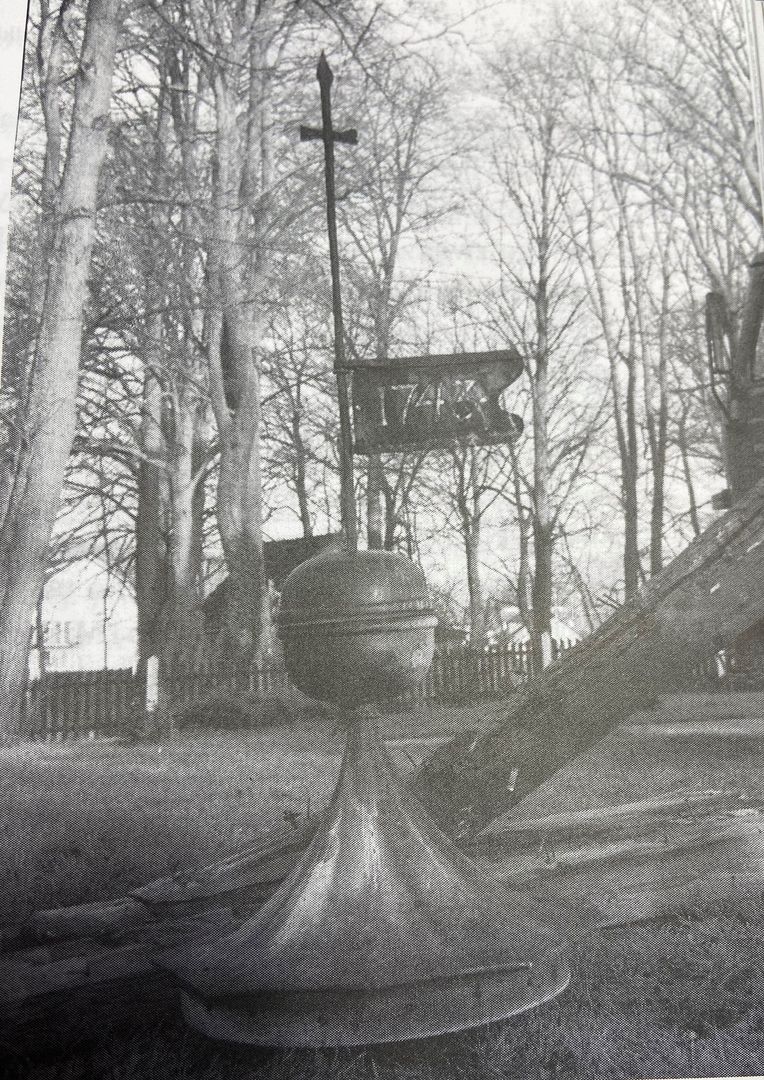Wielkie Bożepole
6.67

Overview
Bożepole Wielkie, located in the Pomeranian Voivodeship, is a Kashubian village with a rich history dating back to 1333, when it was first mentioned in written sources. The village is situated in the ancient valley of the Reda-Łeba rivers, has a population of 1,956, and covers an area of 11.70 km². Its architectural landscape is distinguished by an 18th–20th century palace complex and a half-timbered brick filial church dedicated to St. Peter from 1743, which now forms part of the Kashubian Ethnographic Park in Wdzydze.
The historical background of Bożepole is tied to various ruling powers—from Pomeranian dukes and the Teutonic Knights to the Duchy of Prussia. After World War II, the village was renamed from Gross Boschpol to Bożepole Wielkie. In the Middle Ages, an ironworks operated here, and in modern times, the village developed further thanks to the construction of the railway line from Słupsk to Gdańsk, which boosted the local economy.
The village also witnessed conflicts such as the Napoleonic Wars and World War II, during which many residents fled or lost their lives. Local institutions in Bożepole include the Volunteer Fire Department and the Parish of St. Peter the Apostle, established in the 1970s.
An interesting fact is that Bożepole has preserved numerous Kashubian traditions and remains an important transport hub in the region, located along National Road DK6 and railway line No. 202.
Location
2025 Wizytor | All Rights Reserved